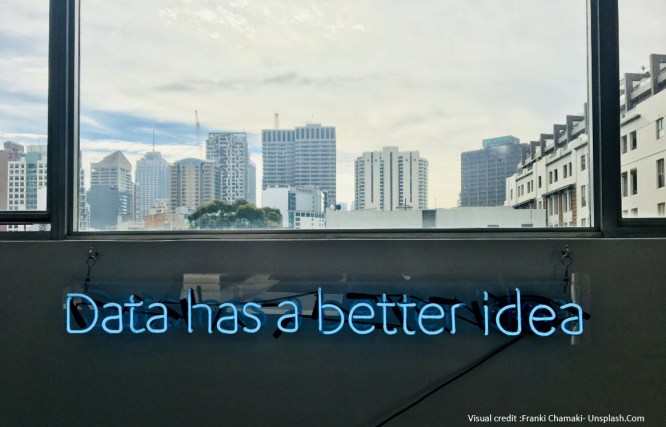 Since the current COVID-19 pandemic, the recognition and evaluation of sustainability have taken a much higher place in the boardrooms of our larger organisations. Much of this initial focus will improve the reporting around the ESG goals and establish their own performance in more confident ways. I would argue these are the basic building blocks of a fundamental change, recognizing that sustainability will become the core of the future business design.
Since the current COVID-19 pandemic, the recognition and evaluation of sustainability have taken a much higher place in the boardrooms of our larger organisations. Much of this initial focus will improve the reporting around the ESG goals and establish their own performance in more confident ways. I would argue these are the basic building blocks of a fundamental change, recognizing that sustainability will become the core of the future business design.
As we have embraced digital change, much of the business landscape has shifted. Business is being more informed through the data and analysis it undertakes; it has relearned how to react in sustaining crisis (dealing with the pandemic) and validated different aspects of its business, recognizing it can function very differently. The ability to manage and support remote workers, dealing with an ongoing business outside the office environment, be remote in servicing customers digitally, and provide solutions through connected enterprises’ design have each changed perception and the realization that we can sustain and still grow in more collaborative, open ways.
Sustainability is rising to be top or close to the top of a boards agenda. The growing concerns of several intertwined issues that are needing significant recalibrating. Where does our business fit within and alongside society, both in who we serve and society in general, coupled with realising that the planet is heading towards a critical crisis and what we can do to reduce these pressures?


 Sustainability has become a hot topic in the corporate board rooms across the globe in the past year. The World Economic Forum held a virtual forum for business leaders to determine a set of Stakeholder Capitalism Metrics – universal, comparable disclosures that focused on people, planet, prosperity and governance on which companies can report, regardless of industry or region. This was held in January 2020 with a direct result of a consultant paper
Sustainability has become a hot topic in the corporate board rooms across the globe in the past year. The World Economic Forum held a virtual forum for business leaders to determine a set of Stakeholder Capitalism Metrics – universal, comparable disclosures that focused on people, planet, prosperity and governance on which companies can report, regardless of industry or region. This was held in January 2020 with a direct result of a consultant paper 
 So, what is the future for humanity, and where does technology with a purpose fit? Can we envision a new era of sustainability powered by IoT?
So, what is the future for humanity, and where does technology with a purpose fit? Can we envision a new era of sustainability powered by IoT?
 We all facing this growing pressure of time. In our daily work, in managing product and service life-cycles, as well as constantly considering business model overhauls as they become ever more connected.
We all facing this growing pressure of time. In our daily work, in managing product and service life-cycles, as well as constantly considering business model overhauls as they become ever more connected. You cannot escape the discussions around platform business models. Recently I saw that 50% of all organizations are either investing or considering a new platform business model. In a report provided by the IBM Institute for Business Value, released last year called “
You cannot escape the discussions around platform business models. Recently I saw that 50% of all organizations are either investing or considering a new platform business model. In a report provided by the IBM Institute for Business Value, released last year called “